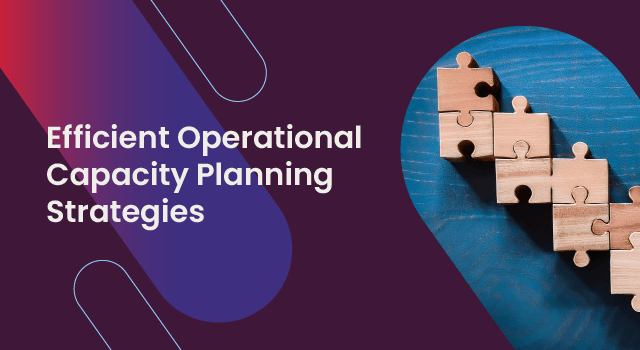Suppliers are a fundamental link in the supply chain over which you, as a business, have little control. There is always the inherent possibility that deliveries will not be on time, and even if they are, they may not be complete in terms of what you ordered.
In fairness, there are also factors out of the control of suppliers, as we have recently seen with the latest pandemic, COVID-19. However, if you spend a bit of time assessing the risk that each supplier could potentially have on your business, you can make decisions based on that data or at least have measures in place should these risks become a reality.
We have listed a few things to consider when you prepare and undergo your supplier risk assessments. We believe that this information will give you a good sense of who your suppliers are and the level of risk they hold for your business.
Prepare a list of suppliers
Identify the level of importance, i.e. suppliers that provide you with items that are of critical significance vs. suppliers that provide items of less importance. Look at your spend with suppliers as well as your inventory item classification to determine the level of importance. It’s unlikely that you will be able to conduct assessments on all of your suppliers, so the critical suppliers on your list are where you will focus your efforts.
Create your assessment
Prepare your assessment document. Some questions/areas to consider include:
Where is the supplier based?
This could potentially raise red flags, for example, if they are in a country that has governmental compliance issues, trade embargos, civil unrest, or in an area that suffers frequent, major environmental disasters.
How long have they been in business?
This doesn’t necessarily have much bearing as a new start-up is hungry and eager to prove themselves and will usually bend over backward for their customers. An older business may be stable and established and experienced but could also be in a comfort zone and has let their client service slip.
How many customers do they have?
Ask for a few of their customers’ contact information so you can call them and get their feedback. Hold a quick telephone interview if possible with those customers and ask about any issues they have experienced. Remember, the supplier will likely only give you names of customers that have positive things to say, so you may need to dig a bit deeper with the questions.
Level of compliance
Ask for all relevant compliance certifications, professional licenses, data protection, and personal information policies, and any other that may be of importance to your industry.
Subcontractors
Do they use sub-contractors? If so, request a list of these companies as you will ultimately want to conduct an assessment of these companies as well.
Employees
Try and get information about their staff turnover. This will give you a good sense of how they treat their employees, which will have a direct impact on the services and customer experience that they provide to your organization. Run an advanced search on LinkedIn and check how many employees are ‘past not current’ at a supplier and look at the duration of those employments – short stays may also indicate a potential issue.
Reputation
Google the supplier and check out their online reputation. Most countries have websites where B2B or B2C customers can leave posts on bad or good performance, so make sure you look on these sites as well. Naturally, there may be some customer complaints on their social pages, but check out if they responded and how they responded. If the complaint was ignored, that should be a red flag for you.
Data analysis
You already have performance data on your current suppliers. Once you have extracted this data, look at the following indicators from the information you have.
- Look at the percentage of on-time deliveries. Use the actual delivery date (or the date the stock is booked in) versus the date they promised. Perhaps build in a percentage leeway of 5-10%.
- Calculate an average lead time for delivery and compare this to what they promised you.
- Calculate a late delivery bias by assessing what percentage of the deliveries are after the date promised.
- Rate these measures in some way to allow you to compare the suppliers against each other (maybe a simple 1-10 scale per measure).
These assessments should be conducted upfront with all new suppliers, and re-assessments carried out each year on all. Perhaps consider multiple suppliers on those critical items so that your risk is spread. You may want to start recognizing those top-performing suppliers and also start culling the poor performing ones as part of a continual improvement process.
Remember that supplier risk ultimately affects the financial well being of the business and has a direct effect on your bottom line. The time taken in conducting these assessments is well worth the effort and will hold you in good stead with your financial execs and company stakeholders.




